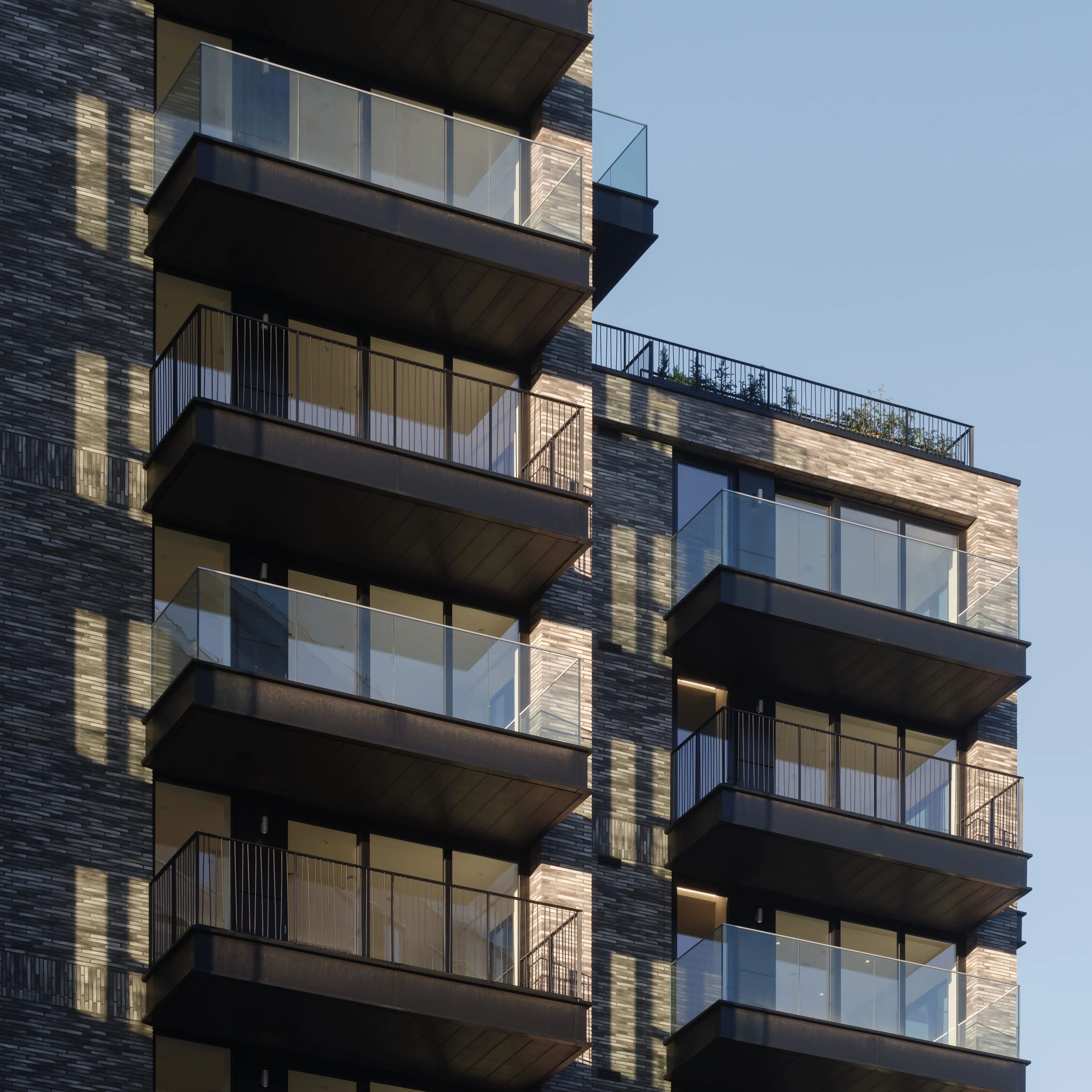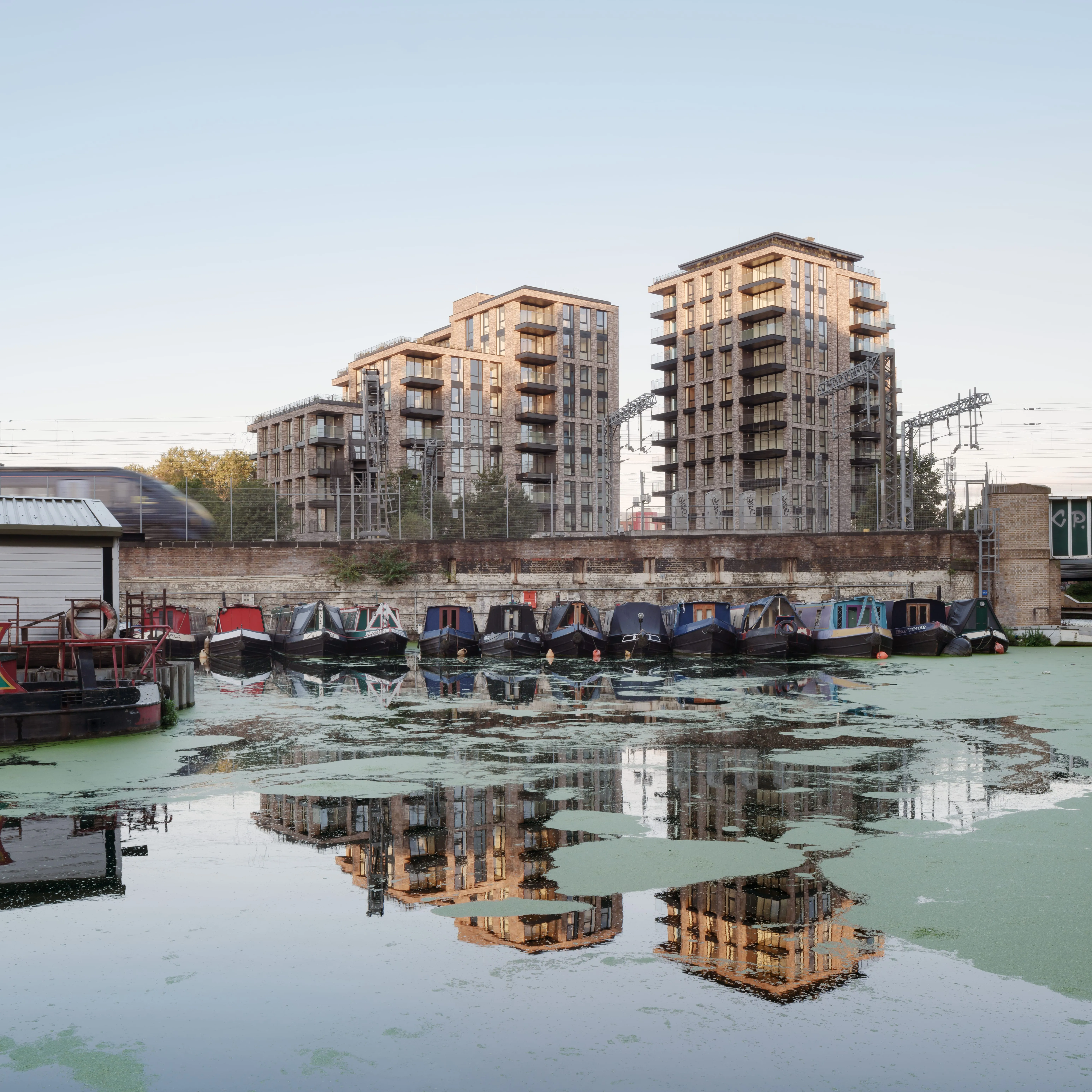When we think about sustainable building materials, our minds often jump to newer innovations. However, one of the most environmentally friendly materials has been right in front of us for thousands of years - brick. While many building products come and go, brick stands as a testament to longevity and sustainability in construction.
The actual environmental impact of any building material must be assessed through its entire life cycle, from extraction of raw materials to disposal or reuse at the end of its service life. When viewed through this lens, brick emerges as an exceptional performer in the circular economy, offering environmental benefits that extend far beyond initial construction.
A complete brick building lifecycle assessment reveals something remarkable - while brick production does require energy consumption and produces carbon emissions initially, these environmental costs are spread across an exceptionally long lifespan. This means that when measured on an annual basis over the entire life of a building, brick's environmental impact is far less than expected.
For architects concerned about aesthetic appeal and environmental responsibility, brick represents a choice that bridges these priorities without compromise.

The sustainability credentials of brick are built upon several key factors that work together to create a material with exceptional environmental performance. Unlike many contemporary building systems designed for relatively short lifespans, brick is manufactured to last for generations. This fundamental difference changes the calculation when measuring true environmental impact.
Perhaps brick's most impressive sustainability feature is its incredible durability. Brick structures routinely last for more than 150 years without significant deterioration. This extended lifespan means the initial environmental impact from manufacturing is spread across many decades of use.
Many historic brick buildings throughout the UK continue to stand in excellent condition centuries after construction. When compared to cladding systems that might need replacement after just 20-30 years, the sustainability advantage becomes clear. Each replacement cycle for shorter-lived materials triggers additional raw material extraction, manufacturing, transportation, and disposal - all generating new environmental impacts.
Unlike many building materials that require regular treatments, painting, or replacement, brick requires remarkably little maintenance throughout its long life. This translates to significantly reduced environmental impacts.
The lack of need for chemical treatments, paints, or preservatives means fewer harmful substances entering the environment. Additionally, the energy consumption associated with maintenance activities is virtually eliminated.
This maintenance-free quality contributes significantly to brick's strong performance in life cycle impact assessment studies, where the full environmental consequences of materials are evaluated across their entire existence.
Brick's natural thermal mass properties contribute to energy efficiency in buildings by moderating temperature fluctuations. This physical property allows brick structures to absorb heat during warm periods and release it during cooler times, reducing the need for mechanical heating and cooling.
This passive temperature regulation helps reduce energy consumption throughout the building's operational life. Since the environmental impacts of buildings are often dominated by operational energy use rather than construction materials, this thermal regulation represents a significant sustainability advantage.
More stable indoor temperatures mean lower energy bills, especially during winter, and that can decrease the carbon footprint of a building dramatically.
When a brick building eventually reaches the end of its initial purpose, the materials retain value in ways that many modern construction products cannot match. Unlike composite or chemically treated materials that become waste materials requiring disposal, bricks can be recovered and reused.
Even when not reused whole, bricks can be crushed and repurposed as aggregate for new construction products, keeping them in the circular economy rather than sending them to landfill.
While brick manufacturing does require energy, when the carbon emissions from production are divided by 150+ years of use, the impact becomes remarkably small.
This long-term perspective is essential when conducting a comprehensive review of environmental performance. Many building materials with seemingly lower initial carbon footprints contribute more to global warming when their shorter lifespans and replacement cycles are factored into the calculation.

At UK Brick, we take pride in our commitment to sustainability. Our waterstruck and long format bricks showcase the ideal balance between architectural beauty and environmental responsibility. The distinctive soft texture and varied character of our bricks contribute to buildings that stand the test of time both structurally and aesthetically.
The manufacturing process for our bricks enhances the natural properties of clay while minimising waste. Our bricks are designed for exceptional durability, ensuring they deliver the multi-generation lifespan that makes brick such a sustainable choice.
For those seeking the ultimate in sustainability, our GREENER range represents a significant advancement in reducing the environmental footprint of brick production. These innovative products maintain all the longevity advantages of traditional brick while addressing the carbon intensity of the manufacturing process.
The GREENER range is produced exclusively using electricity from renewable sources and biogas instead of fossil fuels. This results in products with approximately 50% lower carbon impact compared to conventional bricks. When these initial carbon savings are combined with brick's inherent longevity benefits, the result is a truly exceptional environmental performer.
The manufacturing process maintains the technical qualities that architects and builders expect while dramatically improving the sustainability credentials.
All GREENER products come with comprehensive Environmental Product Declaration (EPD) documentation, providing transparent information about their environmental performance. This allows architects and specifiers to make informed choices based on verified sustainability data.

When selecting materials for your next project, considering the complete life cycle assessment provides a more accurate picture of true environmental impact than focusing solely on initial embodied carbon. Brick's exceptional durability, minimal maintenance requirements, thermal benefits, and end-of-life reusability make it a standout performer in the circular economy.
At UK Brick, we're committed to helping architects make informed choices about sustainable building materials. Our range of products combines traditional craftsmanship with modern environmental responsibility, offering solutions that are beautiful, durable, and kind to the planet.
If you're planning a building project and would like to discuss how our brick products can contribute to both the aesthetic and environmental goals of your home, we'd be delighted to hear from you.
You can:
Well-constructed brick buildings regularly last 150 years or more with minimal maintenance. Many historic brick structures throughout the UK have stood for centuries and remain in excellent condition. This exceptional durability is a key factor in brick's strong performance in life cycle assessments.
Our GREENER bricks come with comprehensive Environmental Product Declaration (EPD) documentation, providing transparent information about their sustainability and life cycle analysis.
Brick is versatile and works well in almost any design, whether that’s traditional or contemporary designs. If you value durability, minimal maintenance, energy efficiency, and timeless appeal, brick is likely an excellent choice. Our team would be happy to discuss your specific project requirements and help you determine if our products would be a good fit for your home.